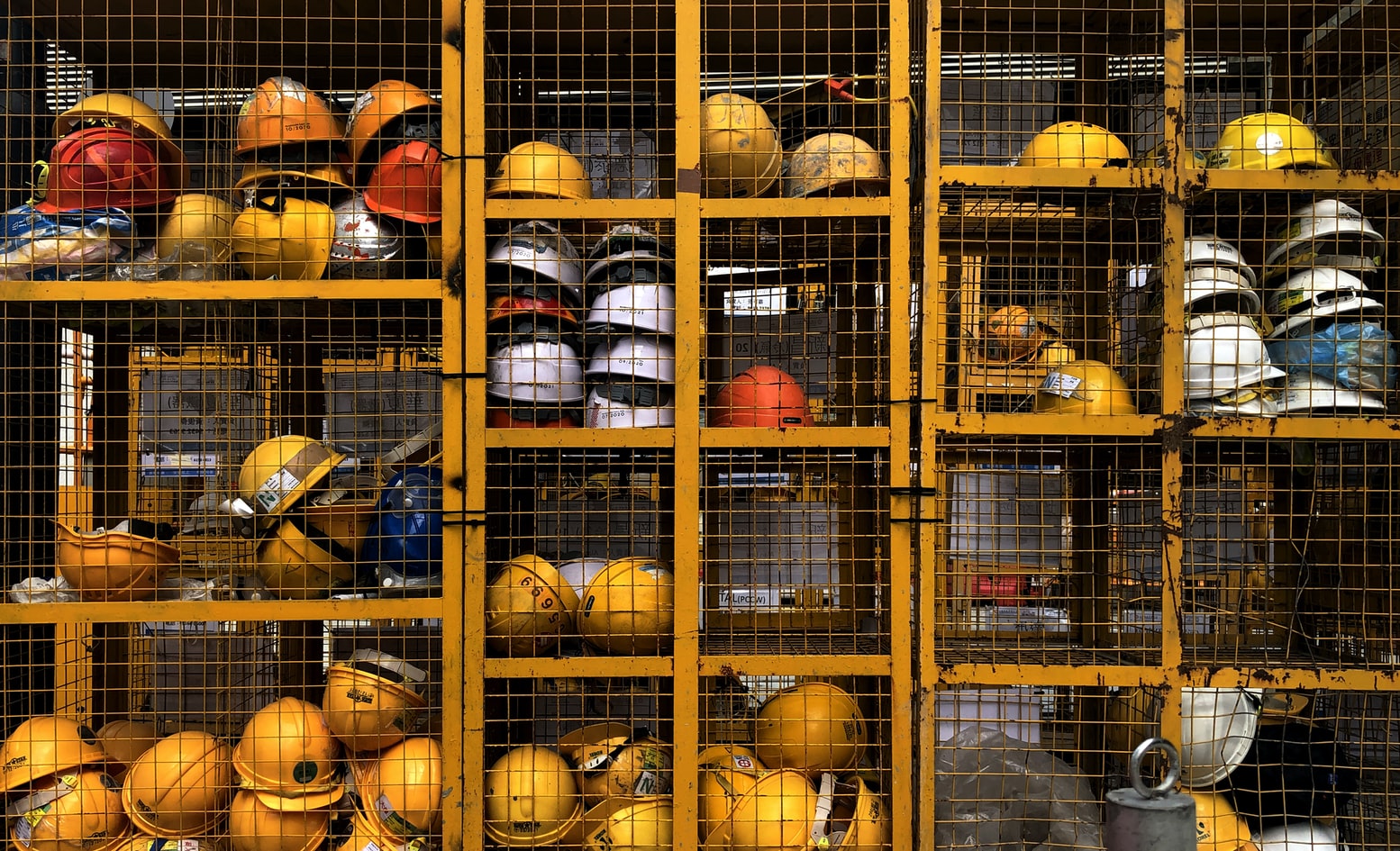Safety stock is an extra amount of a product a warehouse maintain to avoid stockouts. It offers a level of insurance against uncertainties in supply and demand.
When trying to eliminate the possibility of running out of a product, safety stocks are a strategic tool. On other words, safety stock It’s an additional stock above the above the usual level hold on day-to-day operations.
There are several reasons to keep a safety stock. For instance, you’ll must certainly have products that will sell the whole years while others fluctuate in demand. In a scenario where the supply and demand are consistent, safety stocks may not be so necessary.
Uncertainties on Supply Chain
Supply Chains in a modern world are very complex. There are many steps in the process and every single one of them has its own problematics and randomness.
You cannot predict a lot of these events. So, professionals must ask questions like: will people consume our product as we expect? Will we have enough capacity to maintain the demand?
The supply chain specialist Nicolas Vandeput discusses two potential causes for fluctuation in a process. The first is the demand side, when a demand varies over time and is different from the forecasted.
He also talks about a supply side, which happens when suppliers lead time are late. His analysis comes from several assumptions, such as:
- The demand and lead time are continuous random variables. So, both can have any value, not just integers.
- They follow a normal distribution.
- Demand that cannot be fulfilled by on-hand inventory is backordered until inventory is available. That means that an excess demand will not result in lost sales.
When considering all these points, it gets easier to analyze and determine not only the best inventory policy for a supply chain but also the right amount of safety stock. But what exactly is that?
Values of a Safety Stock
Two things to consider when defining a value to safety stock: First, the service level the company wants to deliver to clients, then, the magnitude of demand and supply fluctuations the supply chain is facing.
When clients are served on time and in-full you have a perfect service level. We can measure those values in different ways:
- Cycle Service: measure the probability of not having a stock-out during an order replenishment cycle. On other words, the probability that the inventory available at the beginning of an order cycle will be greater or than the demand during the cycle.
- Period Service: measure the probably that a client receives their full order from stock.
- Fill Rate: the fraction of the demand supplied directly from the on-hand inventory.
What happens a lot is that once a level target is achieved, professionals transform it in simplistic rules. Which doesn’t consider each of the products, unique facets of demand variability and supply.
The formula to calculate safety stock
There are various ways to calculate safety stock, but the most common and simple is the method that calculate the average safety stock the company needs to hold during a stockout scenario, not considering seasonal fluctuations of demand.
In this case, you calculate safety stock is determined by multiplying maximum daily usage (the most an item sold in one day) with the longest time the supplier took to deliver, then, subtract the product of average daily usage and lead time.
It’s important to choose the right formula for your calculation. This means that you must look at your data and see if It’s complete and reliable. Otherwise, it can give you a false impression of truth while negatively impacting your profitability and inventory.
It all comes down to Inventory Policy
After all, the size of your safety stock will depend on the inventory policy you use. Usually, in a periodic inventory policy, you calculate the safety stock considering the demand and supply variability risks during the period plus the replenishment lead time.
Another possibility is on a continuous policy. In this case, you calculate using only the risk of replenishment lead time.
In the end, the amount of safety stock can affect business in a variety of ways. Safety stocks will help deal with a lot of unexpected situations, and therefore improve customer-service.
Supply Brain helps you define appropriate supply and availability policies by automatically deciding the policy and using optimization to set the parameters. Want to understand a little more? Get in touch!

